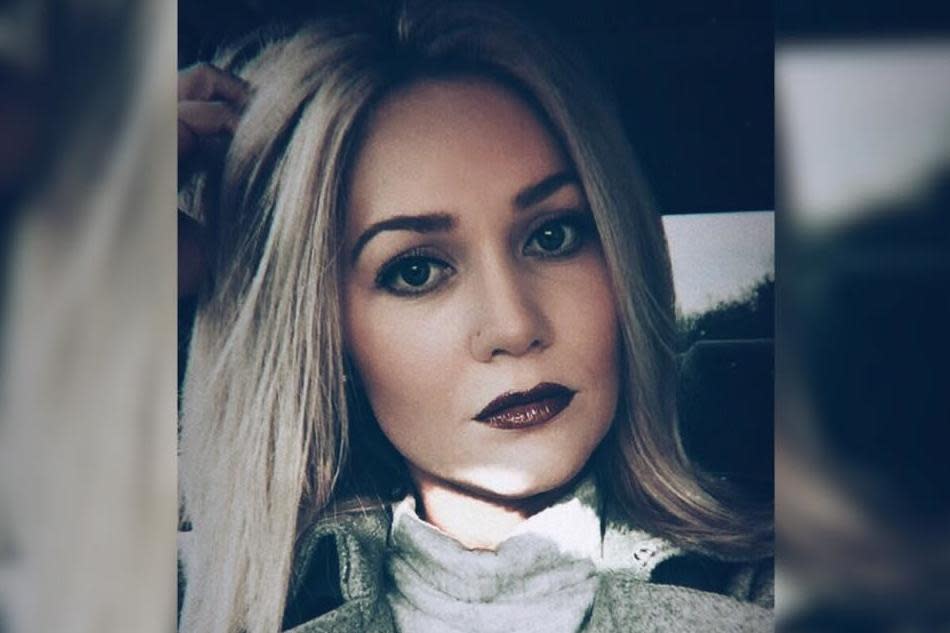Record high Google searches for skin cancer prevention boosted by viral selfie

A viral selfie documenting one woman’s skin cancer treatment prompted record high Google searches for prevention of the condition, a new study has found.
Tawny Willoughby was 27-years-old when she posted the graphic snap to Facebook, which showed her scarred and scab-laden face alongside the caption “this is what skin-cancer treatment can look like”.
The 2015 post, which has since been shared more than 105,000 times, triggered a wave of media coverage akin to the attention that is typically garnered by celebrity health stories.
“If anyone needs a little motivation to not lay in the tanning bed and sun here ya go,” Willoughby’s compelling post began.
Willoughby – who now goes by the surname Dzierzek – frequently used tanning beds as a teenager and was diagnosed with skin cancer when she was 21-years-old.
She explained that as a high school student in Kentucky she would sometimes tan up to four times a week which she has since acknowledged as excessive.
At the time of posting, she had basal cell carcinoma five times and visited the dermatologist biannually.
She added that she did not have melanoma, which can be deadly, and was keen to explain that skin cancer does not necessarily manifest itself in moles but can leave sufferers with disfiguring facial scars.
According to the study, which was published in the journal Preventive Medicine on Monday, Willoughby’s post generated a 162 per cent boost in Google searches of the terms “skin” and “cancer”.
At the peak of her story's news coverage, there were record levels of searches for “skin cancer”, with 229,000 searches for the term in just one week, the study found.
“We conclude that an ordinary person's social media post caught the public's imagination and led to significant increases in public engagement with skin cancer prevention,” the study states.
Co-author John Ayers, public health researcher at San Diego State University, hopes that the study will encourage public health experts to engage more in social media, reports Live Science.
Posts like Willoughby’s can help raise awareness of underreported conditions which could ultimately help prevent illnesses and save lives, the study concluded.


